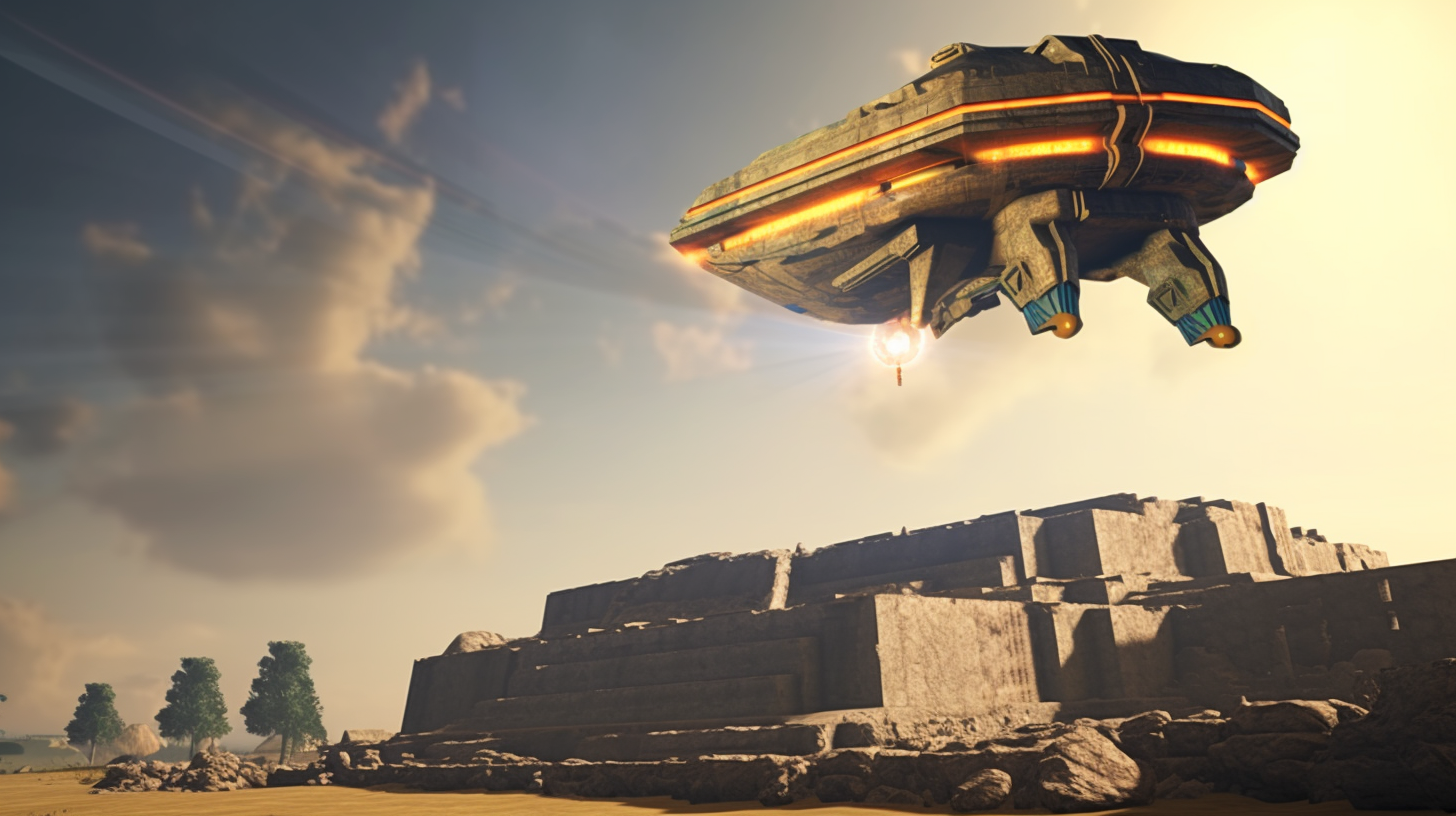Back in 1961, a significant stir was ignited by Dr. Matest Agrest, a scientist and mathematician, in what was once Leningrad and is now Saint Petersburg. His pioneering thesis on paleocontact sparked debates that reverberated within the academic realm, paving the way for the eventual emergence of what we now know as the ancient astronaut theory. This unconventional concept suggested that certain passages within ancient texts, including biblical narratives, might hold clues hinting at potential extraterrestrial visitations.
One site that has continuously intrigued scholars with its mysterious nature is Baalbek. Dr. Matest Agrest meticulously combed through ancient chronicles, such as the Book of Enoch and Hebrew scriptures, unearthing passages that seemed to allude to beings descending from the skies. Proposing a fascinating hypothesis, Agrest speculated that these celestial beings were extraterrestrial entities who descended to Earth with the aim of aiding humanity in advancing their technological prowess, particularly in erecting colossal stone structures akin to those found at Baalbek in Lebanon.

Delving deeper into his research, Agrest shed light on a group referred to as the Watchers, depicted as fallen angels in biblical texts, who purportedly landed on Earth at Mount Hermon, in close proximity to the Baalbek vicinity. Agrest boldly postulated that these Watchers were, in reality, interstellar visitors who meticulously constructed the megalithic platform at Baalbek for a specific celestial purpose.
An especially intriguing insight put forth by Agrest was that the platform itself could have been crafted as a massive stone landing base for extraterrestrial spacecraft. The structural integrity of the platform, meticulously built with mammoth stone blocks, seemed sturdy enough to support even the largest of vehicles, such as rockets, hence making it an ideal launching and touchdown site for visitors from distant worlds.
Fast forward two decades post the release of Agrest’s controversial thesis, we encounter another prominent figure in the quest to decipher Baalbek’s enigmas – Zecharia Sitchin, an author and investigator. Drawing insights from a 5,000-year-old Sumerian text known as the Epic of Gilgamesh, Sitchin arrived at a startlingly similar conjecture regarding the significance of Baalbek.
The Epic of Gilgamesh chronicles the adventures of a hero endowed with superhuman strength who embarks on a seemingly insurmountable quest. During his epic journey, Gilgamesh reaches a place bearing an uncanny resemblance to Baalbek, where he crosses paths with divine beings. This location, as delineated in the Sumerian narrative, is termed the “Landing Place,” a designated site explicitly engineered to facilitate the transit of beings between the celestial realms and Earth.

Sitchin’s interpretation of Gilgamesh’s encounter in the epic hints at a plausible observation of an ancient spacecraft taking off from a designated landing locale, which he pinpointed as Baalbek. This intriguing convergence of two disparate theories spanning different epochs prompts contemplation on a profound possibility – could Baalbek have functioned as a landing pad for extraterrestrial visitors, preserving this role over millennia?
The enduring allure of Baalbek lies in its massive stone structures that have captivated the imaginations of myriad ancient civilizations, including the Egyptians, Assyrians, Canaanites, Phoenicians, Greeks, and Romans. These diverse cultures, spanning extensive geographical and temporal distances, all opted to construct and reconstruct their most venerated sanctuaries in this precise setting.
As we ponder over the enduring mystery of Baalbek, we are reminded of our past replete with enigmatic narratives and unexplained marvels that perpetually fuel our curiosity and imagination. While the notion of extraterrestrial involvement remains speculative, the enduring fascination surrounding the ancient edifices at Baalbek undeniably beckons us to unravel the enigma veiled within our distant past.
